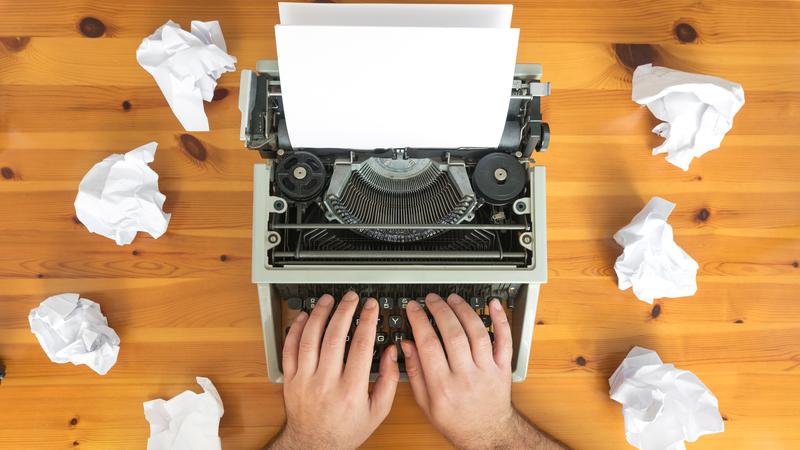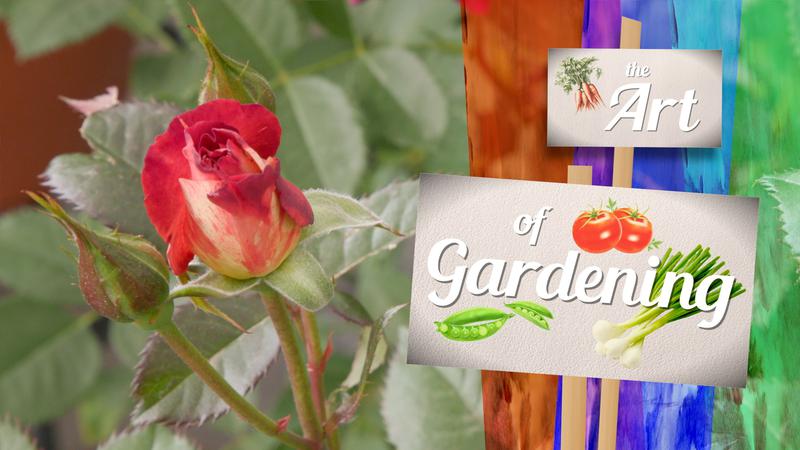
PEARCE: Writer’s block — is it real?
“THIS TIME,” I said to myself as I surveyed my writing workspace, complete with coffee and power snacks. I was caffeinated and ready to work. I stared at the blank screen — so long that my eyes began to water. I chewed my cuticle with a deepening sense of doom. The screen stared back at me defiantly, daring me to type something, anything. I closed my eyes, willing the flow to come, but instead, I was confronted by a dark chasm of nothingness. No ideas, no thoughts, no words.
In desperation, I tried everything — new promises, new deadlines — but nothing worked. All I managed to do was let people down. The stories no longer came. The blank chasm of wordlessness won. There was no getting around it. I had writer’s block.
For many writers and artists alike, this experience is all too familiar. Writer’s block isn’t laziness. It’s a real, often painful condition that feels like a mental wall. The blank screen or page becomes a source of dread and the inability to produce words feels like a heavy burden. For some, it’s a temporary hurdle, but for others, it can last for months or even years.
Psychologically, writer’s block has deep roots. Perfectionism often plays a key role, paralyzing the creative process as writers become caught in cycles of self-criticism and endless editing. Fear of judgment, whether it’s fear of failure, rejection or disappointing others, also contributes to the block. Even successful writers sometimes suffer from imposter syndrome, doubting their abilities and feeling unworthy of their achievements. These internal battles can create overwhelming pressure, making it nearly impossible to write.


